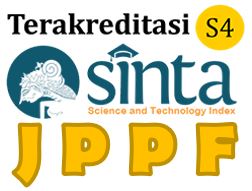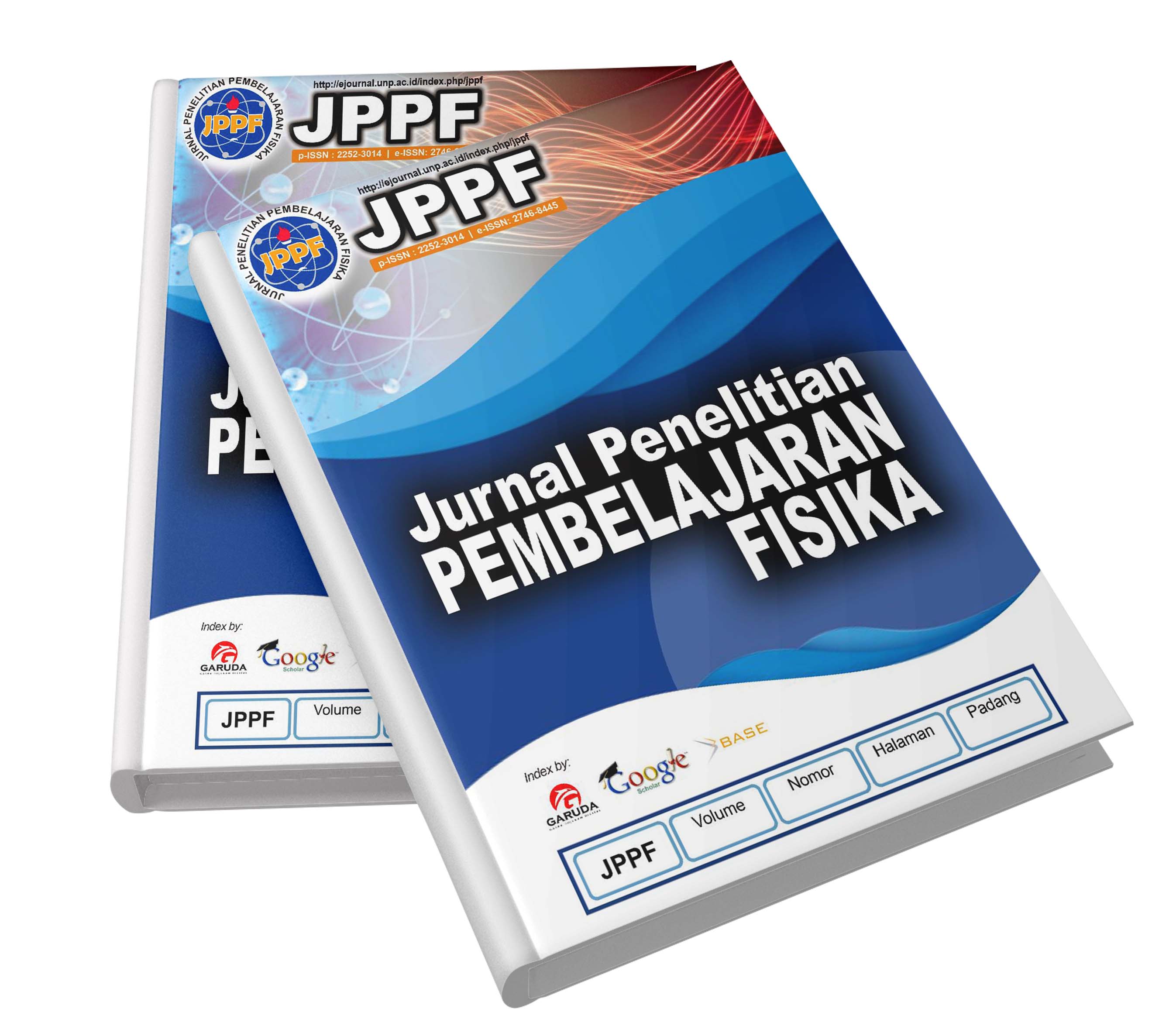Abstract
The government makes various policies to deal with changes in the 21st century, one of which is by implementing the 2013 curriculum. The curriculum that was applied focused on student center approach. Further research needs to be done to determine whether physics learning in SMA/MA follows the 2013 Curriculum and can acquire students with 21st-century skills. This study aims to determine the current quality of Physics learning, problems that occur in Physics learning, and solutions to solve the problems that occur in Physics learning. The research was conducted using a qualitative descriptive method. The research instrument used was a questionnaire google form given to 20 physics teachers and 50 students in senior high school in West Sumatera. In order to obtain further detailed information, three teachers were interviewed. Based on the questionnaire and the results of interviews, it was concluded that the learning of Physics is following the demands of the 2013 Curriculum and can improve the 21st-century skills of students, but it could be more optimal. Therefore, to find a solution to this problem, the researcher recommends developing a project-based and STEM-integrated textbook.




